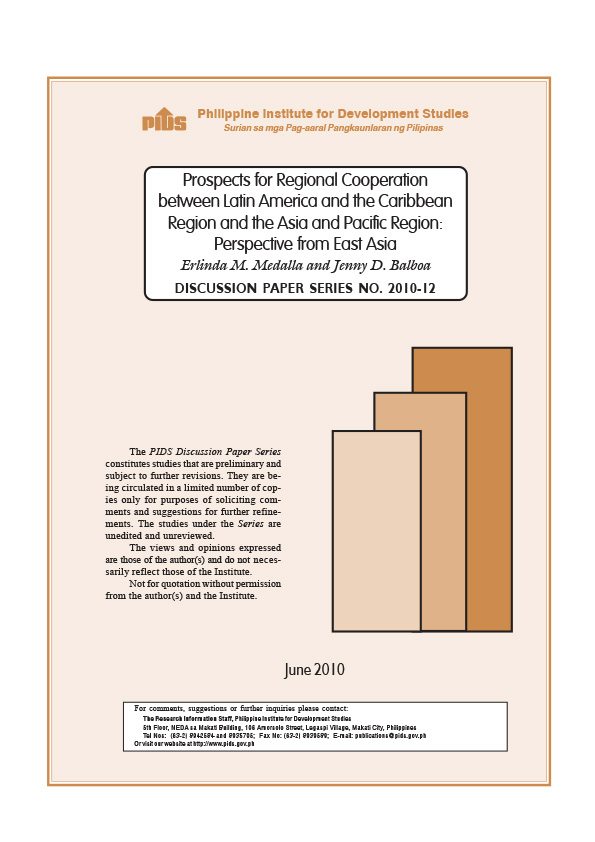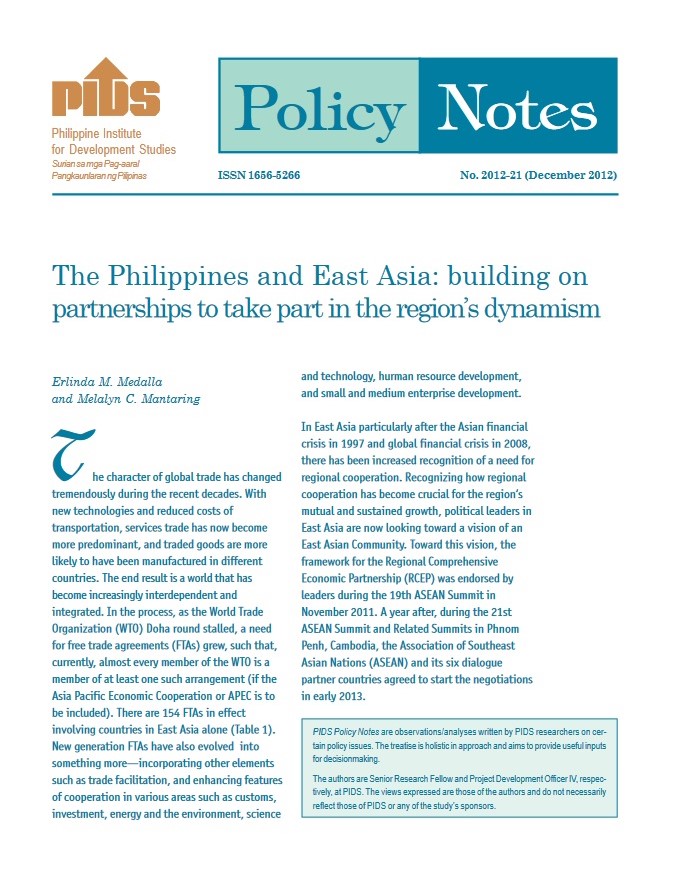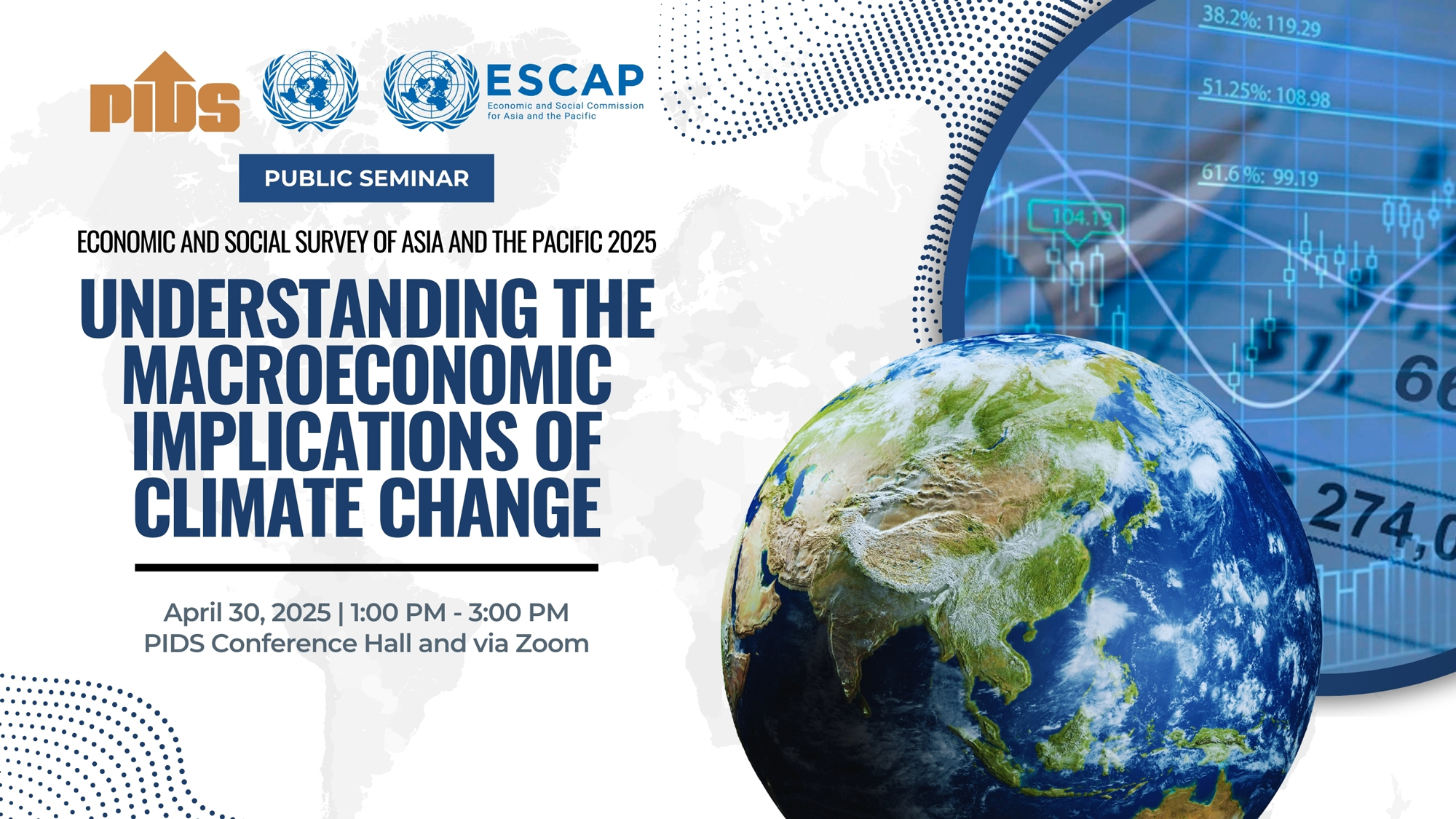Intraregional trade and investment among the ASEAN+3 countries鈥攁nd the entire East Asia鈥攈as been progressing at a robust pace over the past 25 years. The process of economic integration could be aptly described as 鈥渞egionalization鈥� or market-driven integration. In contrast, the European Union has followed 鈥榬egionalism鈥� which refers to formal economic cooperation and economic arrangements. Over the past decade, efforts at promoting closer regionalism in East Asia have been stepped up for various reasons, including: i) a response to the experience and lessons of the 1997 financial crisis; ii) the gridlock in the Doha round, success of NAFTA, and expansion of the EU; and iii) the mitigation of political factors that prevented closer cooperation in the past, e.g. competition between China and Japan. However, the structure of East Asia regionalism should be analyzed carefully, in particular because the direct economic benefits of an East Asia FTA are questionable. Therefore, the configuration of the proposed East Asian Community must be developed pragmatically. It is argued that at this stage the EAFTA and EAC should still be promoted but with the view that their benefits are primarily political. The political windfall will likely lead to significant economic benefits, particularly in terms of narrowing the development gap in the region and advancing common interests in a global-rules setting. The political and institutional imperatives of establishing the EAFTA or EAC at this stage depend largely on whether countries of the region seek to expand economic ties or whether they would want to secure the political gains from closer integration and cooperation.
Citations
This publication has been cited 2 times
- Das, Dilip K. . 2008. . Asian-Pacific Economic Literature, 22, no. 1, 25-40 . Asia Pacific School of Economics and Government, The Australian National University.
- Yap, Josef T., Erlinda M. Medalla, and Jenny D. Balboa. 2007. . Discussion Papers DP 2007-03. Philippine Institute for Development Studies.













